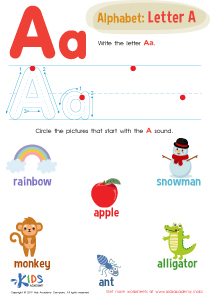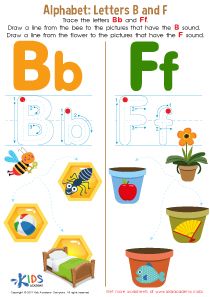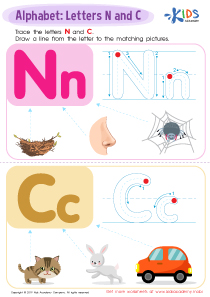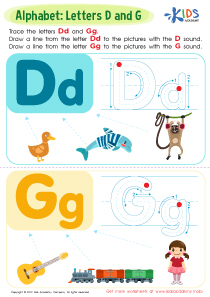Letter X Worksheets for Ages 3-7
5 filtered results
-
From - To
Explore our engaging "Letter X Worksheets for Ages 3-7," designed to make learning the alphabet fun and interactive for young minds. Our worksheets offer a variety of activities, from tracing and coloring to identifying and writing the letter X. Perfect for preschool and early elementary students, these worksheets help children develop fine motor skills, letter recognition, and phonics awareness. Each worksheet combines education with entertainment, ensuring a captivating experience that fosters early literacy and a love for learning. Make mastering the letter X an exciting adventure with our expertly crafted resources at Kids Academy!
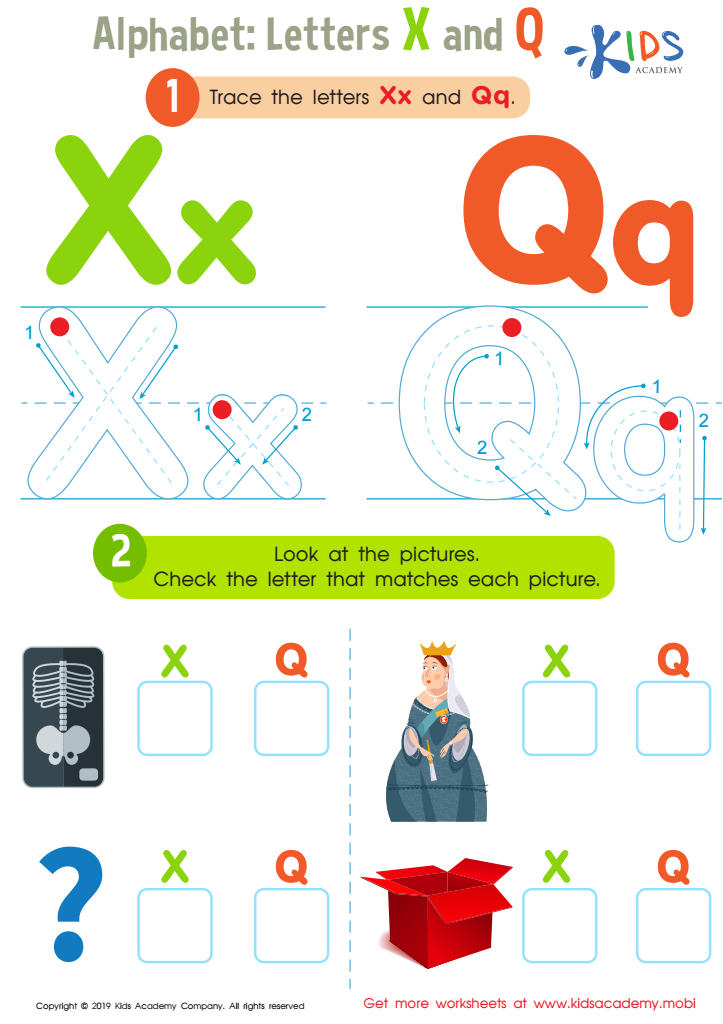

Letters X and Q Tracing Worksheet
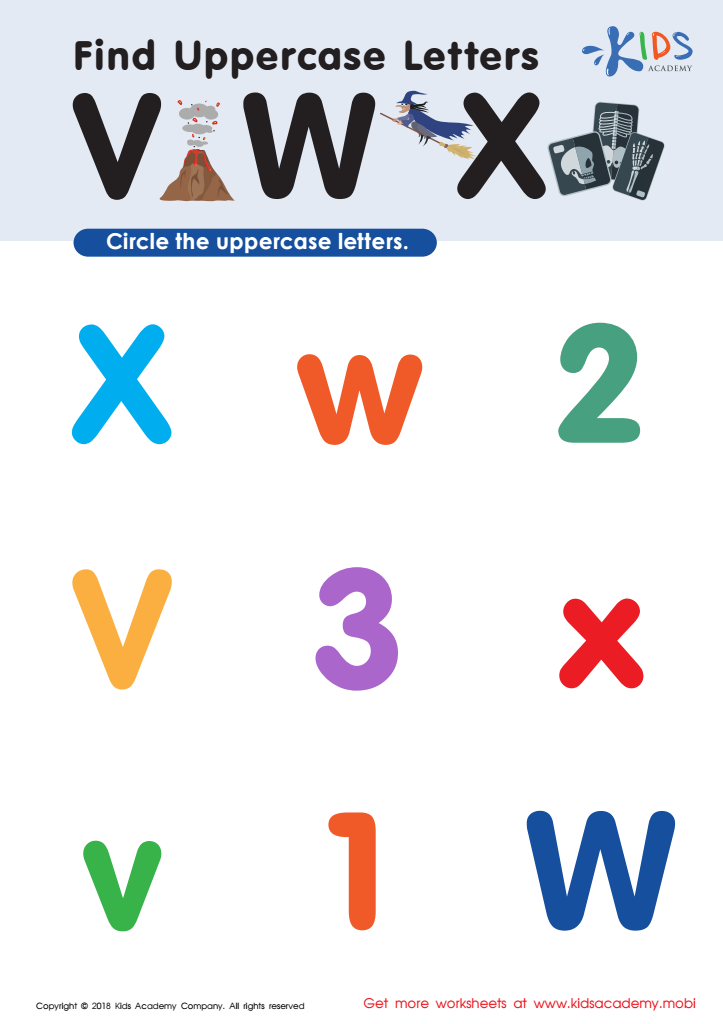

Find Uppercase Letters V, W, X Worksheet
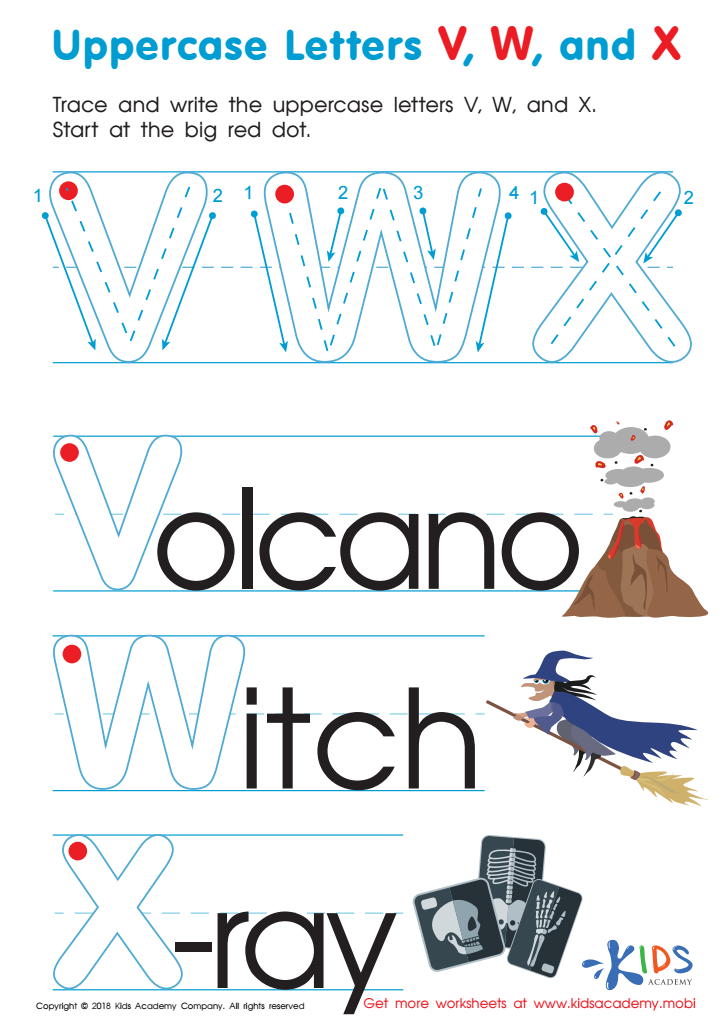

Uppercase Letters V, W, and X Worksheet
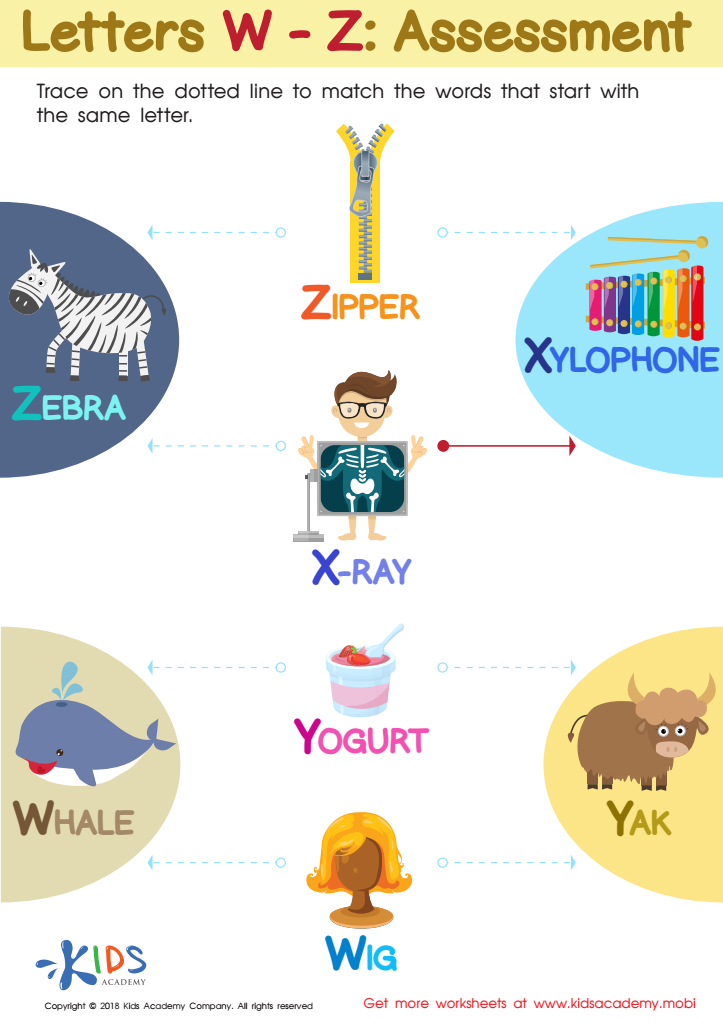

Letters W–Z Tracing Worksheet
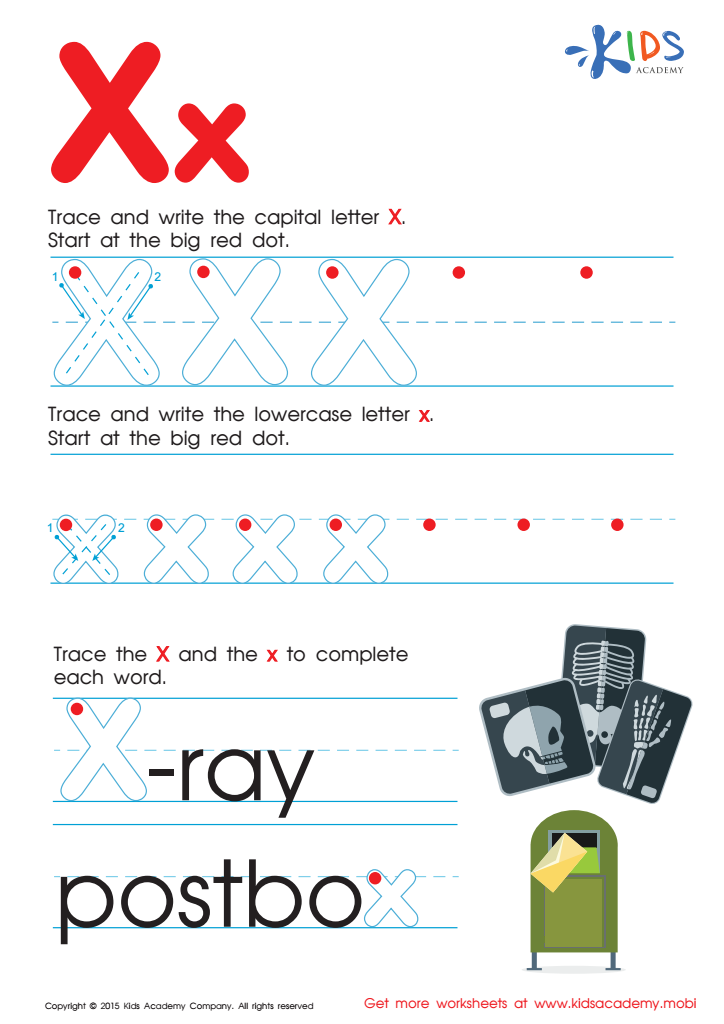

Letter X Tracing Page
The letter X might seem uncommon, but for children ages 3-7, learning about it is important for several reasons. At this impressionable age, children are developing foundational literacy skills, and the letter X plays a unique role in this process.
Firstly, X introduces children to less frequently used letters, enhancing their alphabetic knowledge. Unlike more common letters, mastering X can build confidence and give kids a sense of achieving more challenging milestones.
Secondly, the letter X frequently appears in essential and relatable words such as "box," "fox," and "mix." Recognizing and understanding X helps children expand their vocabulary and decoding skills, necessary for early reading development.
Moreover, X offers excellent opportunities for phonemic awareness. It carries versatile sounds like /ks/ in "box" or as an initial sound as found in "xylophone." Engaging with these different sounds can sharpen phonemic recognition – a key to word recognition and spelling.
Additionally, learning X broadens children’s exposure to cultural and scientific terms (e.g., "x-ray"). Early exposure to such vocabulary fosters curiosity and supports future learning in diverse subjects.
In summary, conquering the letter X enriches a child's education by enhancing literacy, expanding vocabulary, supporting phonemic skills, and stoking curiosity across various domains. Thus, parents and teachers should ensure it is part of their early education curriculum.

 Assign to the classroom
Assign to the classroom


